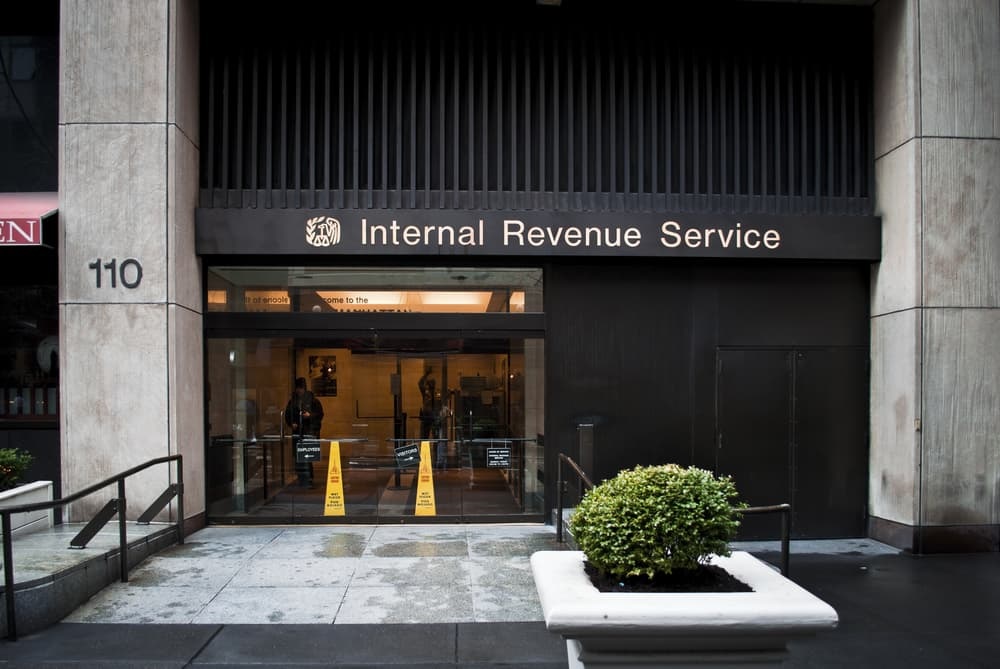On March 20, the US Department of Labor (Labor), Internal Revenue Service (IRS), and the US Treasury Department announced that the small and midsize employers would benefit from two refundable payroll tax credits.
The tax credits are designed to instantly and fully reimburse the employers dollar-for-dollar when they offer Coronavirus-related leave to their employees. This financial relief is provided under the Families First Coronavirus Response Act (Act) that was signed on March 18, 2020, by President Donald Trump.
This Act will enable the US to fight and defeat COVID-19 by providing all American businesses with less than 500 employees funds to give their workers paid leave. These funds will cater to the health need of the employees and care for their families.
Picks for you
This legislation will ensure that the small and midsize enterprises keep their workers on their payrolls. Simultaneously, it will ensure that the workers are not forced to choose between the public health measures needed to fight the virus and their paychecks.
All eligible employers can claim these credits based on qualifying leave they give between the effective date and December 31, 2020. Equivalent credits are also available to the self-employed individuals based on similar circumstances.
Paid Sick Leave For Employees
For any worker who cannot work due to coronavirus related issues or symptoms and is seeking medical assistance, eligible employers may get refundable sick leave credit of up to $511/day and $5,110 in the aggregate. That represents a sick leave of 10 days.
For the employee who is caring for a Coronavirus patient or their children at home since schools are closed, or the child care provider is not available due to the coronavirus, an eligible employer may claim up to $2,000 in the aggregate.
In general, for all COVID-19 related reasons, the employee gets up to 80 hours of paid sick leave. They also get an expanded paid child care leave when their children’s schools are closed.
For the eligible employers, they get an additional tax credit that depends on costs incurred to maintain health insurance coverage for the eligible employees during the leave period.
Full Coverage
Employers will get 100% reimbursement for the paid leave under the Act. Employers will face no payroll tax liability, and the self-employed individuals will receive an equivalent credit. Health insurance costs are included in this credit.
Businesses can retain and access the money that they would otherwise pay to the IRS in payroll taxes. Thus, they can benefit immediately from the paid leave credits,
In the cases where these amounts fall short of covering the costs of paid leaves, employers can seek expedited advance from the IRS through submission of a streamlined claim form that the IRS will release next week.
Prompt Payments
The government promised that reimbursement would be quick and easy to obtain. An instantaneous dollar-for-dollar tax offset against payroll taxes will be provided. In the instances where a refund is owed, the IRS will send the return as quickly as possible.
When employers pay their employees, they must withhold from their employees’ paychecks federal income taxes. Also, they are required to withhold the employees’ share of Social Security and Medicare taxes.
The employers must then deposit these federal taxes together with their share of Medicare and Social Security taxes with the IRS. Then, they are required to file quarterly payroll tax returns in the Form 941 series with the IRS.
Under the guidance set for release in the coming week, eligible employers can keep all these payroll taxes and other payments that they would otherwise pay to the IRS. They will then use these funds to cater to the paid leaves of their employees.
Small Business Protection
The employers who have less than 50 employees qualify for an exemption from the requirements to offer leave to cater to children whose schools are closed.
They are also exempted from the requirements to offer leave where child care is not available in the instances where the viability of their business is threatened.
This exemption is available based on simple and transparent criteria that make it accessible in the circumstances jeopardize the functionality and survival of the business. Labor will offer emergency guidance and rule-making to articulate the standard clearly.
Easing Period
Labor will issue a temporary non-enforcement policy offering a period for the employers to come into compliance with the Act.
According to the policy, Labor will not enforce any action against employers for violation of the Act provided that these employers acted reasonably and in good faith to comply fully with the Act.
On the contrary, Labor will focus on compliance assistance within the 30-day non-enforcement period.





